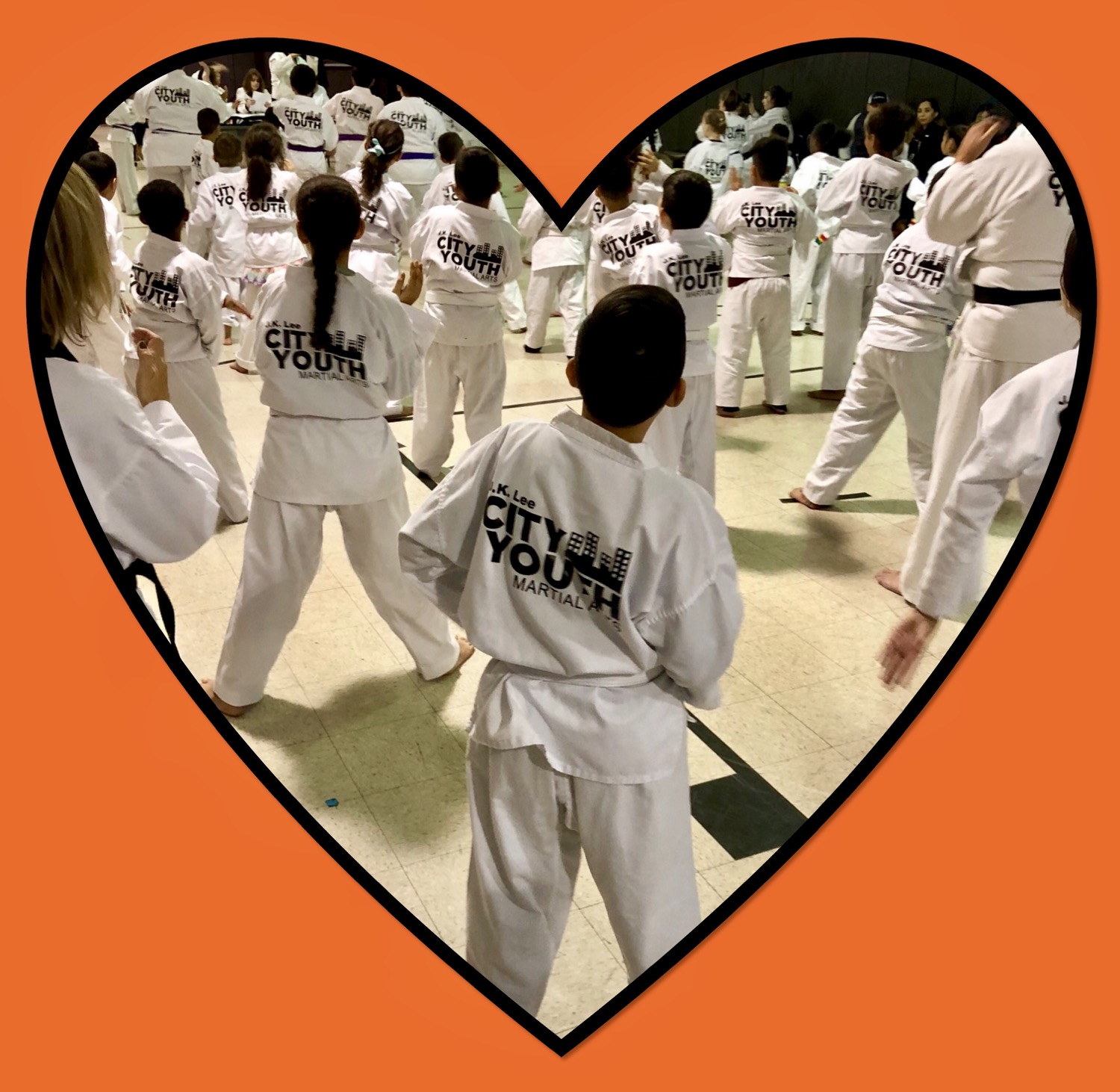Wonhyo’s Understanding
- J.K. Lee City Youth

- May 9, 2020
- 2 min read
Updated: Aug 11, 2020
When I feel disconnected, I often reflect on this tale of Wonhyo’s enlightenment. (First version blogged in 2011 on Martialing Art). He was a Korean Buddhist monk, honored not only for his teaching, but for allowing and encouraging the common people to become a part of a movement which before had been reserved for the wealthy.
Note: Each form (series of movements defending against an imaginary attacker) is named for someone in Korean history. Wonhyo is our green belt (5th) form learned.

Photo by Pixabay on Pexels.com
Wonhyo’s Understanding (a narrative interpretation by mfptkd)
He is so thirsty. The canteen, empty since mid-afternoon, dangles uselessly from his belt. It is not much further. He puts parched thoughts aside and concentrates on his breath, taking in the thin mountain air slowly and deeply. Conversation with his travel companion, fluid and unconstrained throughout the day, ceases as the sun sets and the early shadows of twilight lengthen along the heights. They are on a pilgrimage, climbing steadily since the break of day, seeking nothing less than wholeness and wisdom. He focuses on their steps; they are the only sounds disturbing the quiet evening’s transition, as daylight creatures settle down and nocturnal residents awake from their rest. They head towards a small cave, spied from a distance, in which to make camp. It had not seemed so far away a half hour earlier. It is almost completely dark now, they feel their way and are relieved to find a pool of water from which to drink. He discovers, in his exploration, a hollow rock in the shape of a bowl. He dips it into the liquid and drinks greedily. It is the coolest, most refreshing drink of his life and he is thankful for the gift. Morning dawns. The bright light beckons them to wakefulness. They arise, anxious and excited to continue the journey. He looks around for the pool and bowl so as to have another drink but finds instead a puddle of murky water and a human skull. He is distressed. Sickened, he retches on the cavern floor. But in that moment, he is enlightened. He realizes that there is nothing clean and nothing dirty; all things are made by the mind. Truth is present in our consciousness, everything which exists is connected. He ends his journey and returns home to write and teach and share his findings with his people, and unbeknownst to him, his words and thoughts will be remembered and discussed over a thousand years into the future.
References and to Read More:
“Wonhyo – Biography” http://www.koreanbuddhism.net/master/dharma_talk. Copyright 2006 Jogye Order of Korean Buddhism.
“Wonhyo Daisa.” Encyclopedia Britannica. 2008. Encylopedia Britannica Online. 2 Sept. 2008 http://original.britannica.com/eb/article-9077373.
An Ok-Sun. “The Fundamental Ideas of Human Rights in the Thought of Wonhyo” Korean Journal, Winter 2002.
Sungtaek Cho (1998). Buddhist philosophy, Korean. In E. Graig (Ed.), Routledge Encyclopedia of Philosophy. London: Routledge. Retrieved September 03, 2008, from http://www.rep.routledge.com/article/G201Sect3.
Sae Hyang Chung. “The Silla Priests Uisang and Wonhyo”. Copyright 2005 Hyundae Bulkyo Media Center. http://engbuddhapia.com.
“Buddhism in Korea” Copyright 2000 AsianInfo. Org. http://www.asianinfo.org/asaininfo/korea/rel/buddhism.htm.






Comments